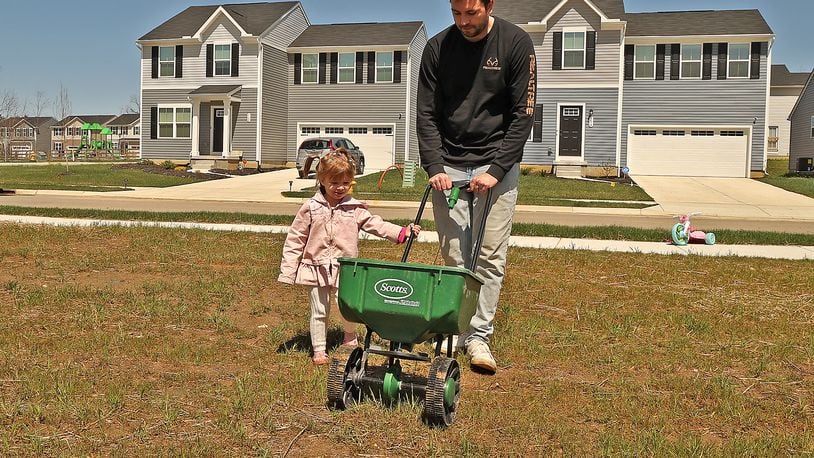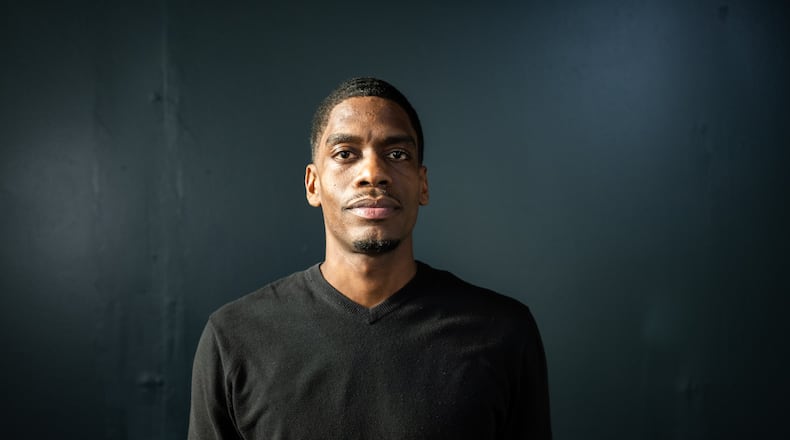That was 18 years ago. Since then, I’ve launched and scaled several startups, profitably speculated in financial markets, built up my personal and business credit and have been real estate investing full-time, completing numerous wholesale and rehab deals while raising hundreds of thousands of dollars from private investors.
One would think these achievements would be the end goal. However, my focus has always been liberation for disadvantaged communities through grassroots economic and community development.
The barriers to entry to be a traditional developer are significant: you pretty much have to already be flush with cash, (wo)manpower, equipment and influence.
Design To Build was born out of a desire to circumvent those barriers. I researched modular prefabrication, which I believe can provide a practical and scalable approach to developing and constructing affordable homes.
Higher costs in construction and labor scarcity are major factors driving housing affordability to a 10-year low, according to the NAHB/Wells Fargo Housing Opportunity Index.
Discussions around solutions are in full swing: recruiting the next generation of workers, expanding the labor pool (only 9% of the construction sector currently consists of women), and investing in new building systems and methods to improve worker productivity. It’s worth noting that worker productivity in home building has grown by only 3% in the past 25 years, compared with 34% for the overall economy.
The industry must make progress in all of these areas — no single solution will be sufficient. Expanding the labor force without improving productivity will help in the short-run, but would result in higher costs in the future. Modular and prefab sectors are one possible source of productivity gains, but they each only make up 2% of the current single-family market, presenting an opportunity growth.
Our approach is to assemble a team of experienced development and construction professionals that would allow us to address both the shortage of skilled labor as well as the cost-prohibitive nature of construction while also benefiting the worker-owners involved in bringing about such a shift.
Our goal is to produce 100 units in the first 12 months of operation and scale rapidly to establish other mod-fab facilities in surrounding cities with the highest concentrations of disadvantaged communities.
To ensure we achieve this massive undertaking, we’ve launched an investment crowdfunding campaign. This opportunity is available to the people as a result of the 2012 JOBS ACT under the Obama Administration for the very same purpose: give the public a means to invest in startups, which was once only reserved for the wealthy.
With a minimum investment at $100, we intentionally set terms that allowed as much of the community as possible to take part, buy in and get back in social impact and capital a return for doing so. You can join the Design To Build family by making a commitment to our fundraiser on www.wunderfund.co/designtobuild.
Margaret Mead once said: “Never doubt that a small group of thoughtful, committed citizens can change the world; indeed, it’s the only thing that ever has.”
We hope you can join us in our circle that is making that change happen.
Kémo A’akhutera is the CEO of Design To Build, LLC.
Housing affordability in the Miami Valley

As rents continue to climb across the region and many local residents find themselves working in occupations that on average do not pay enough for them to afford modest rental units, affordable housing is becoming an increasingly important issue for our communities and communities across the nation. New housing and commercial developments are planned across our region and each one sparks heated debate among residents who will live near them, the developers of these projects and civic leaders who must balance the needs of existing residents with growing the local economy and attracting newcomers.
» Community land trusts can be a powerful tool to fight generational poverty
» ‘Accessory dwelling units’ can help affordability, homelessness
» Prefabricated housing could make grassroots development possible
» Not-for-profit housing organizations step in to offer affordable homes
» Highlights from Aug. 24 Community Conversation
» Domestic violence and affordable housing shortage linked
» Ohio must bridge the gap between low wages and high rents
» COVID, housing issues have disproportionally affected low-income individuals, people of color
» Our communities should ‘build with care and thoughtfulness’
» Balancing the needs of residents with growing the local economy
About the Author
